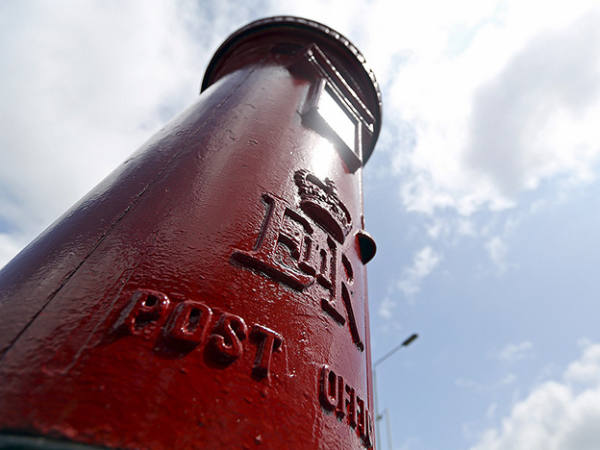In the past, some investors avoided gold because it paid no interest. In the 1980s and 1990s we asked: why hold an asset that you have to pay to store when you could get a safe real return of 4 per cent on cash or bonds?
Today, though, this question is irrelevant. In Japan and much of Europe, you have to pay to hold bonds: nominal shorter-dated yields are negative. (Real yields have of course been negative for a long time.) And savers face the threat of negative nominal returns on cash, too. The question we asked in the '80s and '90s can now be stood on its head: if we have to pay to own cash or bonds, why not pay to hold gold instead?
This thinking explains a long-term trend - the negative correlation between real interest rates and the gold price. Gold fell in the 1980s as real interest rates rose, but it soared in the 1990s and 2000s as real rates fell. It's no accident, therefore, that gold should have risen recently as bond yields have fallen again and as fears of sharply negative interest rates have intensified.
Gold and index-linked yields
All this gives us a second reason why investors should hold some gold.
It has always been the case that gold is a useful diversifer, because it often has zero correlations with equities or gilts. (I say diversifier rather than safe haven because, as Brian Lucey of Trinity Business School in Dublin shows, gold doesn't often rise when shares do really badly.)
Now, though, another reason for gold has come into focus. If fears of negative interest rates on cash intensify, gold should continue to do well. This is because the lower are returns on cash, the lower is the opportunity cost of holding gold and so the higher should be demand for it. In this sense, gold protects us from low returns on cash.
And because negative rates are most likely if the world economy falls into recession, gold is that most useful of assets - one that could do well in bad times for shares and jobs.
Gold, then, is a form of insurance.
But you have to pay for insurance. For gold, the price you pay is the risk that its price will drop if fears of negative rates recede.
This risk is especially severe because gold is so volatile. Since 1990, its weekly volatility in sterling terms has been twice as great as the volatility of gilts. These volatilities imply that the chance of a loss of 10 per cent or more over 12 months is four times as great for gold as for gilts: around 27 per cent versus around 7 per cent.
There is, though, some comfort here. The circumstances in which fears of negative rates recede and gold does badly are likely to be ones in which optimism about the global economy increases thus driving up share prices. In this sense, if gold is only a smallish part of our portfolio, losses on it should be tolerable.
There is, therefore, a case for holding some gold - one that doesn't rely upon silly futurology or fears of inflation.











